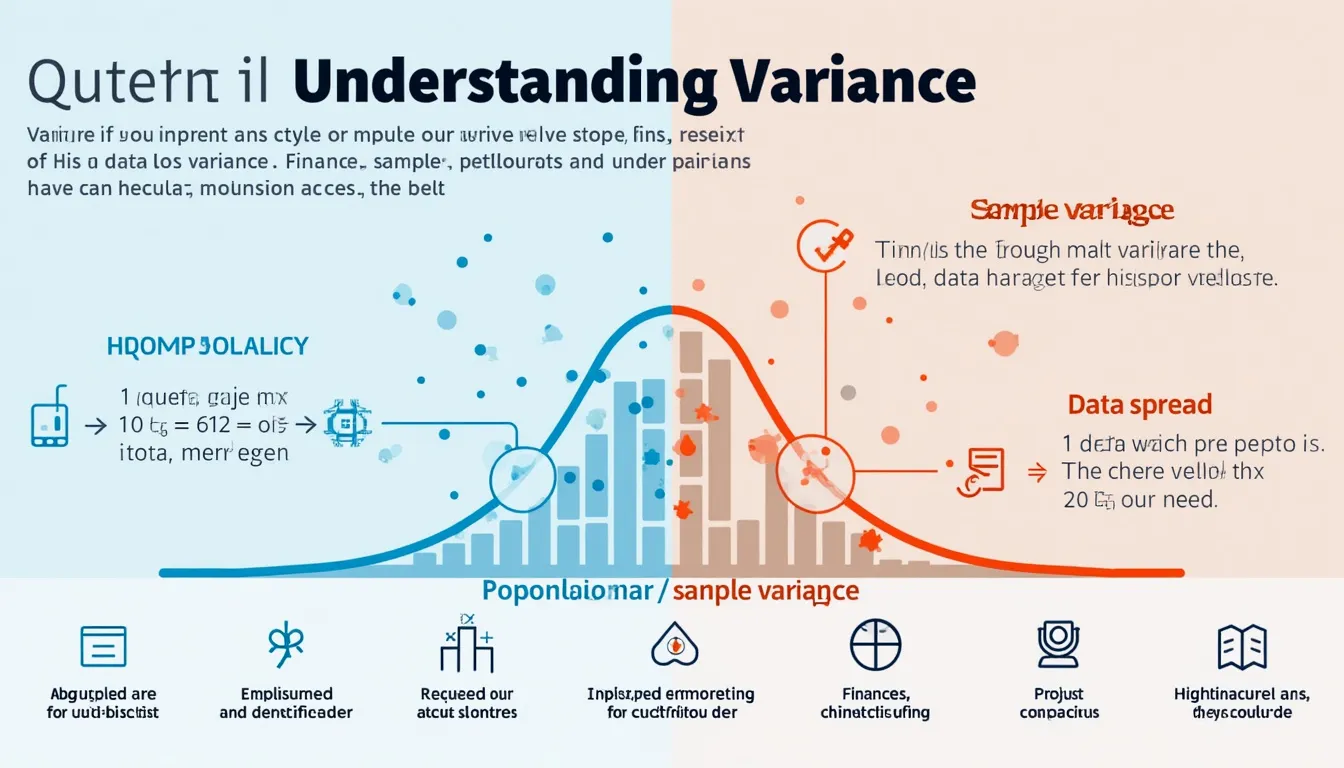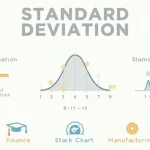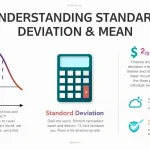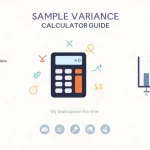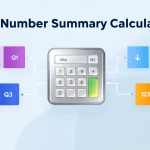Is this tool helpful?
How to use the tool
- Enter your data (comma, space, or line-break separated). Example inputs: 5, 8, 8, 9, 10 or −3 0 1 4 7 12.
- Choose variance type: Population (whole set) or Sample (subset).
- Optional boxes
- Show Calculation Steps for a written breakdown.
- Display Data Visualization for a bar chart of value frequencies.
- Click “Calculate” to view mean, variance, and standard deviation instantly.
Formulas used
- Population variance $$\sigma^2 = rac{\sum_{i=1}^{N}(x_i-\mu)^2}{N}$$
- Sample variance $$s^2 = rac{\sum_{i=1}^{n}(x_i-\bar{x})^2}{n-1}$$
- Standard deviation $$\sigma = \sqrt{\sigma^2},\; s = \sqrt{s^2}$$
Worked example A – sample variance
- Data: 5, 8, 8, 9, 10
- Mean ( bar{x}=8.0 )
- Squared deviations: 9, 0, 0, 1, 4 → sum = 14
- Variance ( s^2 = 14 / (5−1) = 3.5 )
- Standard deviation ( s = 1.871 )
Worked example B – population variance
- Data: −3, 0, 1, 4, 7, 12
- Mean ( mu = 3.5 )
- Squared deviations: 42.25, 12.25, 6.25, 0.25, 12.25, 72.25 → sum = 145.5
- Variance ( sigma^2 = 145.5 / 6 = 24.25 )
- Standard deviation ( sigma = 4.925 )
Quick-Facts
- Variance uses squared units, so compare with standard deviation for intuitive scale (NIST Handbook, 2021).
- Sample variance divides by n-1 to counter small-sample bias (Montgomery & Runger, 2014).
- “Variance is the expectation of the squared deviation” (ISO 3534-1:2006).
- Financial analysts flag portfolios with yearly variance > 0.05 as high-volatility (CFA Institute, 2022).
FAQ
What is variance?
Variance measures average squared distance from the mean, revealing data spread (NIST Handbook, 2021).
Why subtract one in sample variance?
The n-1 denominator eliminates bias, giving an unbiased estimator of population variance (Montgomery & Runger, 2014).
When should I choose population variance?
Select it when your dataset contains every member of the group you study, such as all monthly bills.
How does the tool parse numbers?
It accepts commas, spaces, or line breaks, then filters non-numeric text before calculation.
Can I include negative or decimal values?
Yes—variance treats any real number; sign cancels in squaring (ISO 3534-1:2006).
Is standard deviation easier to interpret?
Yes; it uses original units, so 4 cm deviation directly describes spread (NIST Handbook, 2021).
How large can my dataset be?
Browsers handle thousands of points; beyond 50 000, processing slows (MDN Web Docs, 2023).
Does variance indicate risk?
In finance, higher variance equals higher return volatility, a core risk metric (CFA Institute, 2022).
Important Disclaimer
The calculations, results, and content provided by our tools are not guaranteed to be accurate, complete, or reliable. Users are responsible for verifying and interpreting the results. Our content and tools may contain errors, biases, or inconsistencies. Do not enter personal data, sensitive information, or personally identifiable information in our web forms or tools. Such data entry violates our terms of service and may result in unauthorized disclosure to third parties. We reserve the right to save inputs and outputs from our tools for the purposes of error debugging, bias identification, and performance improvement. External companies providing AI models used in our tools may also save and process data in accordance with their own policies. By using our tools, you consent to this data collection and processing. We reserve the right to limit the usage of our tools based on current usability factors.
